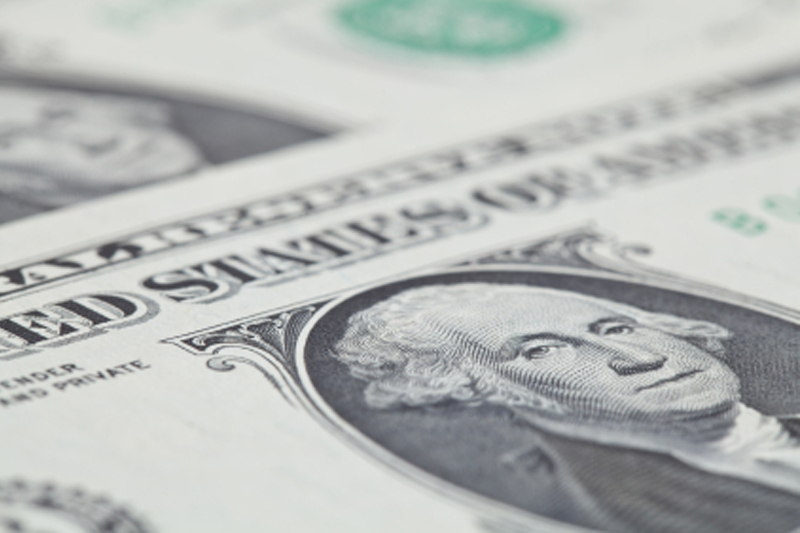TSX jumps amid Fed rate cut hopes, ongoing U.S. government shutdown
Investing.com - The U.S. dollar edged higher Tuesday, stabilizing after falling to a seven-week low ahead of key jobs and inflation data that is likely to cement a Federal Reserve rate cut next week.
At 04:15 ET (08:15 GMT), the Dollar Index, which tracks the greenback against a basket of six other currencies, traded 0.1% higher to 97.447, bouncing to a degree after falling to the weakest level since late July.
Payrolls revisions due
The U.S. currency has been on a downward slope after the emergence of data showing a soft labor market. Friday’s nonfarm payrolls report showed U.S. job growth weakened sharply in August, while the unemployment rate increased to nearly a four-year high.
Data due for release later in the session is set to show preliminary benchmark revisions for jobs data covering the period from April 2024 to March 2025.
Economists anticipate a downward revision of as much as 800,000 jobs, which could signal that the Fed is behind the curve in efforts to achieve maximum employment.
“This time last year, the preliminary revision was -818k and it looks like we would need to see a bigger number than that to trigger a fresh leg lower in short-term U.S. interest rates and the dollar,” said analysts at ING, in a note.
This week also sees the release of the U.S. consumer price index for August, with traders wary of the extent the Trump administration’s tariffs are feeding through the system.
Bank of America believes U.S. inflation will remain “sticky” in August, with both headline and core consumer price indices showing continued upward pressure, expecting year-on-year headline CPI to increase from 2.7% to 2.9%, marking its highest level since last July, while core CPI is likely to remain at 3.1%.
The Federal Reserve holds its next policy-setting meeting next week, and is widely expected to restart cutting interest rates after holding rates steady this year.
French political uncertainty weighs on euro
In Europe, EUR/USD dropped 0.1% to 1.1750, weighed by France’s parliament bringing down the government on Monday over plans to tame the ballooning national debt, deepening a political crisis that is weakening the eurozone’s second-largest economy.
“The question now is whether the discordant political parties decide to agree on the ’what’ (how to reach an agreement on the budget) before agreeing on ’who’ to lead the government. None of this can be seen as good news for the euro,” said ING.
The European Central Bank is widely expected to hold rates unchanged at its policy meeting on Thursday.
GBP/USD traded 0.1% higher to 1.3560, with sterling continuing to benefit from a weak dollar, with the U.K. currency having risen more than 0.5% on Friday.
Wild yen swings
Elsewhere, USD/JPY dropped 0.3% to 147.07, after the Japanese yen logged wild swings on Monday, following Prime Minister Shigeru Ishiba’s unexpected resignation.
Ishiba’s ouster heralds heightened political uncertainty in Japan, which in turn is expected to delay any more interest rate hikes by the Bank of Japan.
USD/CNY traded 0.1% lower to 7.1270, with the yuan touching its strongest level since November 2024.
This came after the People’s Bank of China set its strongest yuan midpoint in 10 months, amid growing signs that Beijing was strengthening the yuan as a means to appease the United States.
A stronger yuan and weaker dollar make U.S. exports to China more attractive.
AUD/USD gained 0.3% to 0.6609, rising to a seven-week high.
A private survey showed Australian consumer sentiment deteriorated in September and remained weak amid persistent uncertainty over interest rates and slowing economic growth.
